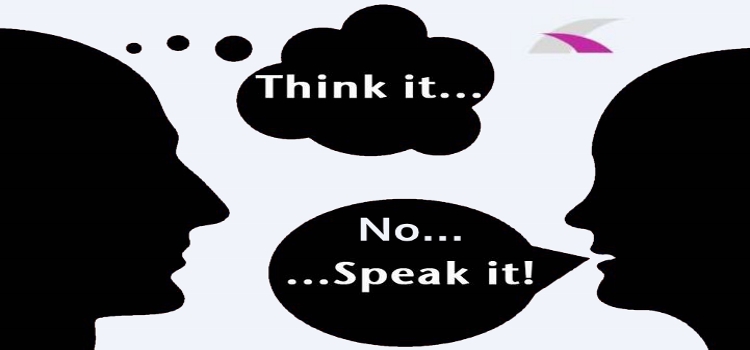“Coming together is a beginning; keeping together is progress; working together is success.”
Who would have thought that this quote by Henry Ford also applies to teaching!? It sure stands true for
collaborative learning where students are responsible for one another's learning as well as their own.
This is done by getting small groups working together on a structured activity. If we unpack this definition, we can see that students are in the driver´s seat with this approach to teaching. Students work together in groups – harnessing each person´s skills and knowledge – in order to solve a specific problem and/or to obtain a specific learning goal. It therefore not only celebrates the diversity between learners and acknowledges individual differences, but it also promotes interpersonal development among your students while making space for more personal feedback. All of this could lead to collaborative learning scenarios where students
- teach one another with the knowledge they have,
- develop thought showers / brainstorming,
- are given a chunk of information (of a common topic) that they have to share with the others,
- share past experiences, and/or
- fulfill a specific role in the classroom.
There is an abundance of activities that frame collaborative learning.
Here you will find some tried and tested examples eliciting just how different the student´s role is in the classroom. It is evident that seeing that the role of the student changes, so does the teacher´s role.
The teacher now truly becomes a
playmaker. This means that she/he creates a conducive learning environment that ensures that all students participate actively and freely in group work while guaranteeing that learning is now the shared responsibility of the students (and not the solely that of the teacher). The teacher can do this by setting group goals, promoting mutual respect and use individual accountability. The latter refers to getting students to commit to their own learning and growth. In collaborative learning situations, students are not simply taking in new information or ideas - they are using their personal skills in order to
create something new with the information and ideas. Now, if collaborative learning isn´t empowerment true to Ford´s approach to innovation, then I don´t know what is.
Make use of the following links to further expand your knowledge collaborative learning on this exciting approach to teaching:







